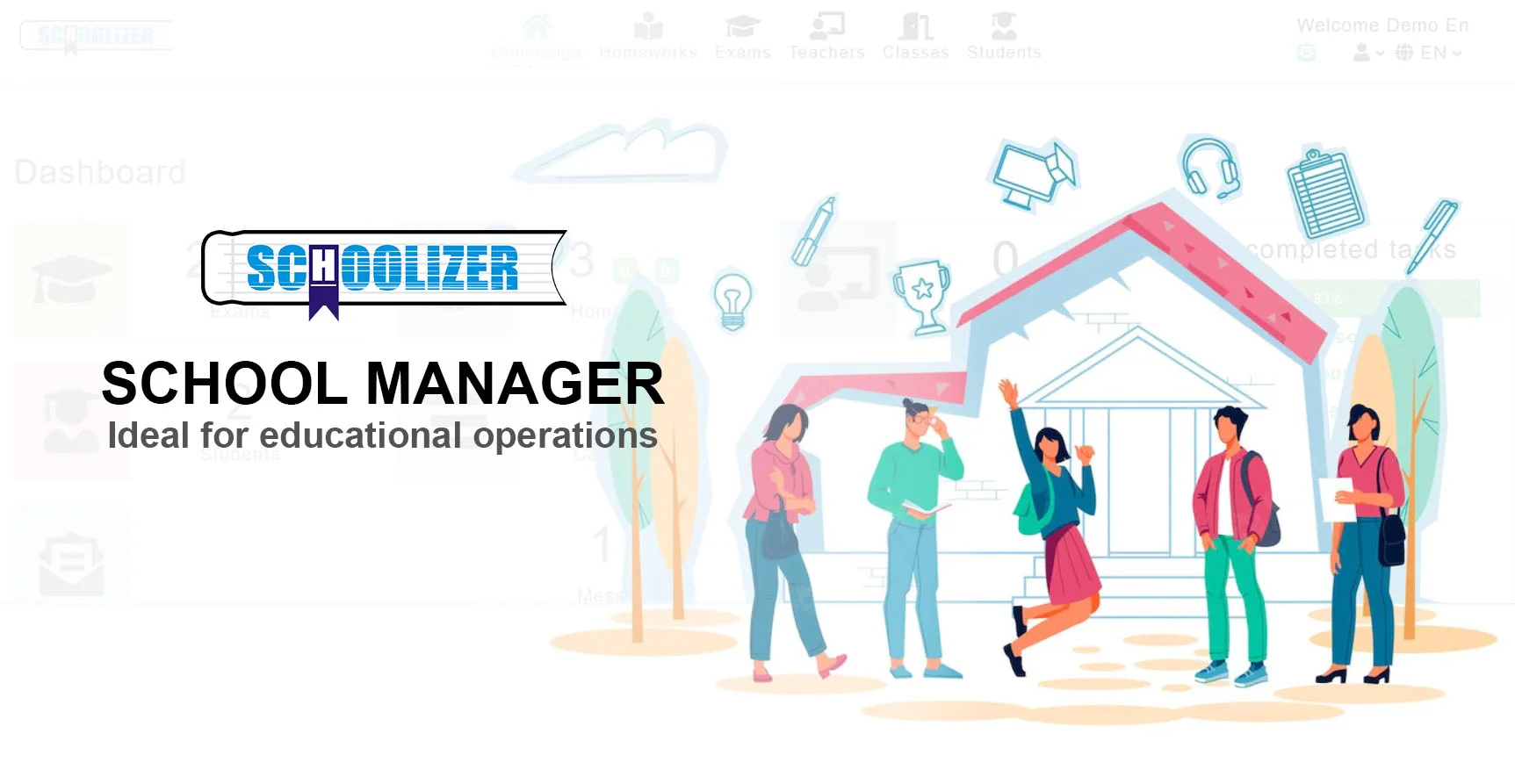What Peggy Carr's NCES Interview Reveals About the State of U.S. Education

What Peggy Carr's NCES Interview Reveals About the State of U.S. Education
What do the latest education statistics tell us about student performance in the U.S.? Why are test scores declining, and how can policymakers address these challenges? These are some of the critical questions explored in a revealing interview with Peggy Carr, Commissioner of the National Center for Education Statistics (NCES).
The Declining Trends in Student Performance
Recent data from the NCES shows a concerning decline in student performance across multiple subjects, particularly in mathematics and reading. According to Peggy Carr, these trends are not isolated incidents but part of a broader pattern that has been developing over the past decade. The COVID-19 pandemic exacerbated existing gaps, but the roots of the problem run deeper.
For example, the 2022 National Assessment of Educational Progress (NAEP) results revealed that only 36% of fourth-graders were proficient in math, down from 41% in 2019. Similarly, reading scores saw a significant drop, especially among lower-performing students. This highlights systemic issues in the education system that require urgent attention.
Practical Application: Schools in low-income districts have started implementing targeted tutoring programs to address learning loss. Early results show promise, but scalability remains a challenge.

The Impact of Socioeconomic Factors
Why do some student groups perform worse than others? Carr emphasizes that socioeconomic status plays a crucial role in academic achievement. Students from disadvantaged backgrounds often lack access to quality resources, experienced teachers, and supportive learning environments.
A real-world example is the disparity between urban and rural schools. Urban schools may have more funding and extracurricular programs, while rural schools struggle with teacher shortages and outdated materials. This inequality perpetuates the achievement gap.
Key Insight: Carr suggests that equitable funding and community support programs could help mitigate these disparities. States like Massachusetts have seen improvements by adopting progressive school funding models.

The Role of Technology in Modern Education
How can technology bridge the learning gap? The NCES data indicates that schools with robust digital infrastructure fared better during remote learning. However, not all students had equal access to devices or high-speed internet.
Carr points to blended learning—a mix of in-person and online instruction—as a potential solution. For instance, some districts have introduced one-to-one device programs, ensuring every student has a laptop or tablet. Yet, teacher training in digital tools remains inconsistent.
Example: A pilot program in Ohio showed that students using adaptive learning software improved their math scores by 15% compared to traditional methods.

Teacher Shortages and Retention Challenges
Why are schools struggling to retain qualified teachers? Carr highlights burnout, low salaries, and lack of professional development as major factors. The pandemic intensified these issues, leading to a nationwide teacher shortage.
In states like Arizona, some schools have resorted to hiring uncertified staff to fill vacancies. This stopgap measure risks further eroding education quality. Carr advocates for better pay, mentorship programs, and mental health support for educators.
Case Study: A district in Texas reduced teacher turnover by 20% after implementing a well-being initiative that included counseling services and peer support groups.

Policy Recommendations for Improvement
What can be done to reverse these trends? Carr proposes a multi-faceted approach:
- Increased Funding: Allocate more resources to underperforming schools.
- Early Intervention: Expand pre-K programs to prepare children for school.
- Data-Driven Decisions: Use NCES statistics to identify and address gaps.
For instance, Tennessee’s statewide literacy program, which uses NAEP data to guide instruction, has shown measurable success in improving reading scores.

The Future of U.S. Education
Where do we go from here? Carr remains cautiously optimistic, citing pockets of progress despite systemic challenges. She stresses the importance of collaboration between policymakers, educators, and communities to enact meaningful change.
Innovative approaches, such as competency-based learning and personalized education plans, could redefine student success. However, sustained effort and investment are necessary to ensure long-term improvements.
Final Thought: The NCES data serves as both a warning and a roadmap—highlighting weaknesses while pointing toward potential solutions.






